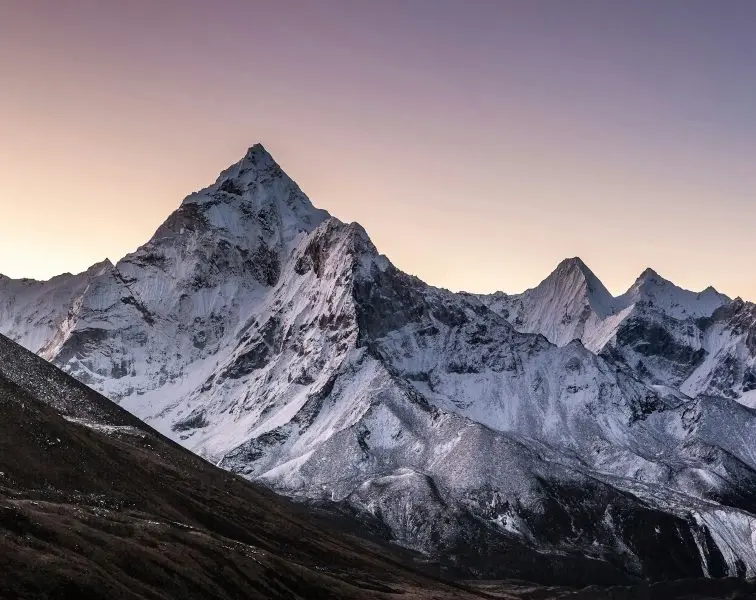An experimental transport of oxygen tanks from Base Camp to Camp 1 has marked a new era in the history of conquering the world’s tallest mountain.
Mount Everest, also known as Chomolungma (Tibetan for “Mother of the Universe”), is the highest peak on Earth. It lies in the Himalayas, on the border between China and Nepal, and stands at an elevation of 8,848.86 meters (29,031.7 feet) above sea level.
Along with oxygen tanks, a drone from Chinese tech company DJI also delivered other essential supplies to climbers—and on its return trip, carried garbage back down.
DJI launched the project in collaboration with Nepalese Airlift, 8KRAW (a video production company), and local guides. According to IFLScience, drones can now transport up to 15 kilograms (33 pounds) of cargo to extreme altitudes under harsh environmental conditions.
Why It Matters
The drone launched from Base Camp, situated at an altitude of 5,300 meters (17,388 feet). This is where climbers gather their strength before attempting the dangerous ascent. Between 5,400 and 5,800 meters (17,716 to 19,029 feet), the human body undergoes extreme stress, and prolonged exposure at these elevations can be fatal.
Adding to the challenge, the route from one camp to another—at 6,000 meters—passes through the Khumbu Icefall, one of the most dangerous parts of the climb.
Climbers crossing this section may require food and supplies before they can descend safely or be rescued. That’s why using drones for delivery is a breakthrough in enhancing safety for these adventurers.
Drones could also help tackle one of Everest’s biggest problems: waste removal. On average, each climber leaves behind 8 kilograms (17.6 pounds) of garbage during their expedition.
Traditionally, local Sherpa guides are responsible for transporting supplies and collecting trash. It’s a dangerous and exhausting job. Some Sherpas have to cross the icefall up to 30 times per season, hauling loads such as oxygen and gas tanks, tents, food, and ropes—often at night when temperatures are lowest and the ice is more stable. Despite precautions, the risk remains deadly.
“We often spend 6–8 hours a day navigating the icefall,” said Mingma Gyalje Sherpa, a mountain guide from Imagine Nepal, who lost three teammates last year.
Now, drones could help reduce that risk. They can deliver supplies and remove waste in just 12 minutes per trip—regardless of the time of day—offering crucial support for Sherpas.
“We’re thrilled that our DJI FlyCart 30 completed the mission successfully. Using drones to safely transport gear, supplies, and waste could revolutionize Everest’s climbing logistics, simplify cleanup efforts, and improve safety,” said Christina Zhang, Senior Director of Corporate Strategy at DJI.
Before launching the test flight, DJI engineers studied the extreme conditions surrounding Everest. They evaluated drone performance at high altitudes, in temperatures ranging from -15°C to 5°C (5°F to 41°F), and wind speeds up to 15 m/s (33.5 mph).
The drones were put through rigorous tests including hovering with loads, wind resistance, low-temperature performance, and incremental payload stress tests.
If successful, these drones could significantly reduce the human impact on Everest’s fragile ecosystem—and increase safety for those dreaming of reaching the top of the world.

